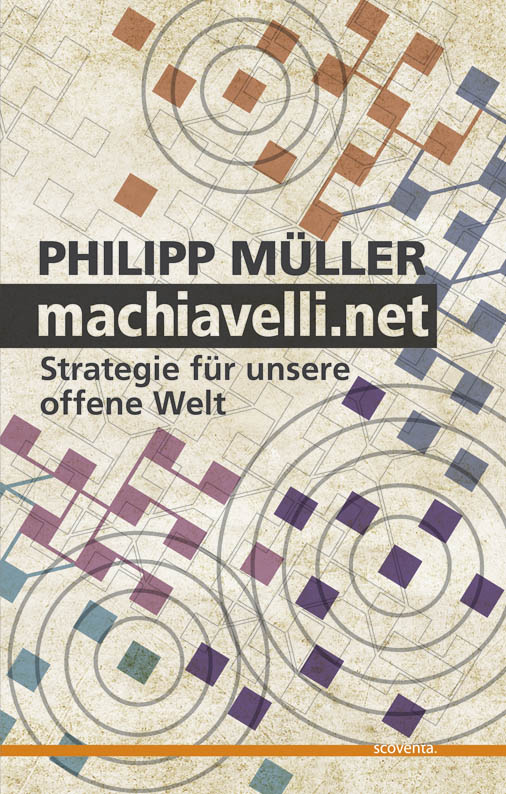Strategy for the N2N World
as I am preparing my keynote for the opening of the Alexander von Humboldt Institute on Internet and Society kickoff conference, I have been reflecting on the open statecraft research program.
Five years ago, in 2006, O’Reilly (who earlier had coined the term web 2.0) called for government 2.0 or „government as a platform.” In 2009, President Obama published the Memo on Open Government and defined in Transparency, Participation, and Collaboration the taxonomy of legitimate open governmental action. In 2011 the Open Government Partnership was launched at the UN General Assembly and many if not most governments on this planet have started to develop explicit open government policies or have included the vocabulary of open government in their policies.
Government as a platform: or why n2n is different
At its most fundamental level, “government as a platform” alludes to the condition of possibility of governance in n-to-n media. N-to-n can be many-to-many, as posited by Clay Shirky (2008), but also few-to-few, and few-to-many, and many-to-few. However, all are fundamentally different than one-to-many media, the form of communication that we have become accustomed to in the 20th Century and require new forms of governance if their potential is to be realized.
Value Creation in digitally mediated network societies
This is very relevant for our political communities, because today, the conditions of possibility of media play such an important role in structuring possible forms of governance: In the 21st Century all social value creation (including economic production) is mediated through digital networks. Therefore, even the most material aspects of social life is not thinkable independent of digital communication and this in turn amplifies the impact its logical conditions of possibility have on instantiations of forms of governance. This goes way beyond the idea of empowering citizens and thereby increasing the legitimacy of our existing governmental institutions.
The n2n research program: rethinking organization, strategy, and leadership
Technology does not cause societal change. But it changes what we can do. On a n2n platform processes can be structured so that they can make use of contributions across space and time, allow for contributions that are granular and modular, and that can outsource quality control to the community or institutionalize it in algorithmic solutions. We need to rethink:
- organization (moving beyond classical transaction cost economics),
- strategy (moving beyond competitive dynamic),
- leadership (moving beyond transactional models)
 Author of machiavelli.net, proud father of three, interested in shaping network society. Welcome to my blog.
Author of machiavelli.net, proud father of three, interested in shaping network society. Welcome to my blog.